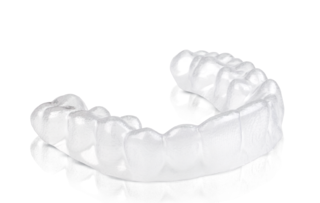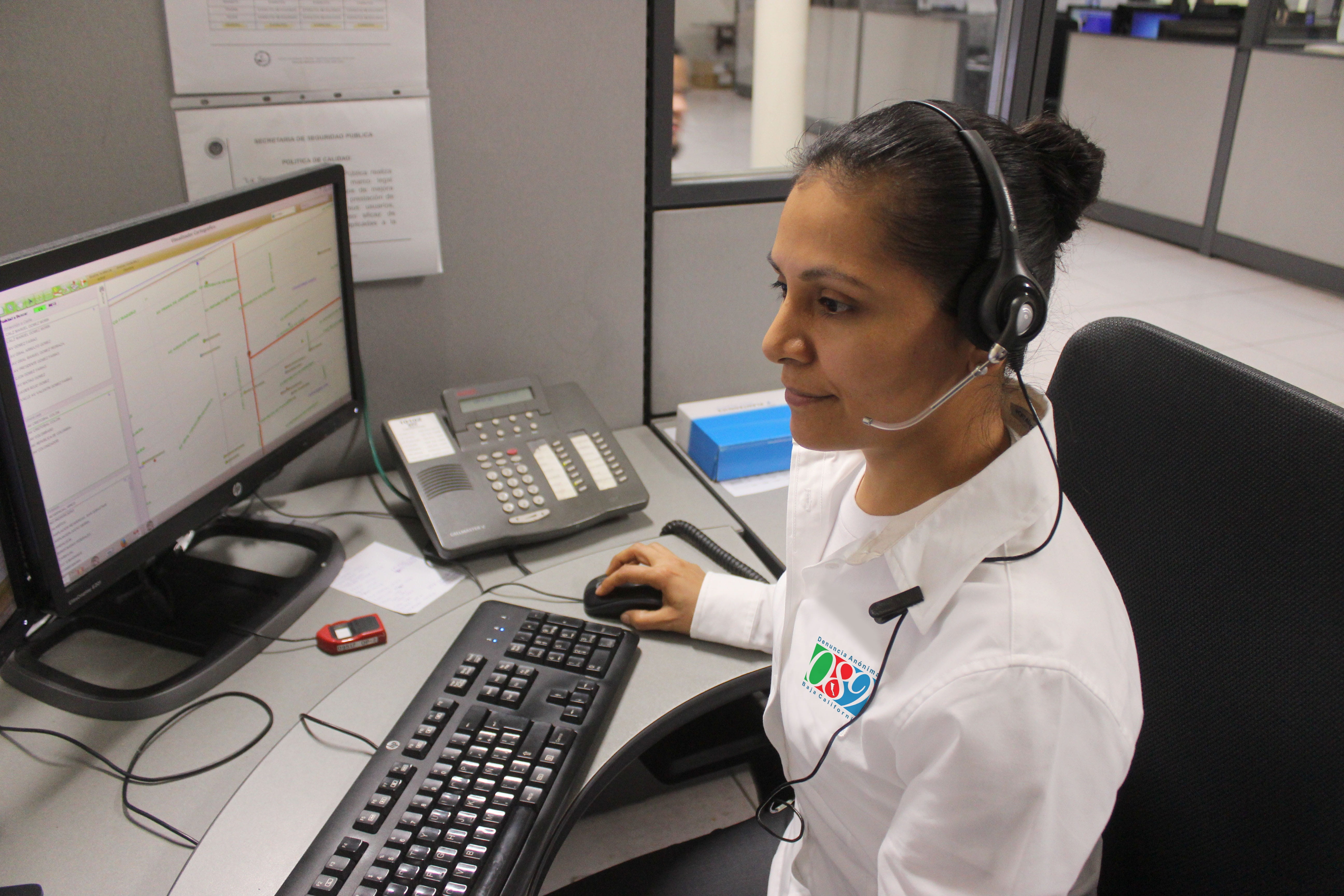For many people, nothing boosts confidence more than having a smile with two rows of beautifully straight teeth. Invisalign is often at the top of the list when patients search for an alignment option that is right for them. Since the level of pain they can expect can be an important consideration for individuals, many patients wonder: Is Invisalign painful?
Invisalign: The Basics
Though not entirely invisible, Invisalign is designed to be a less noticeable, removable alternative to braces. Invisalign uses a series of clear plastic devices (known as “trays”) that are fitted to the individual’s teeth. These trays then straighten the teeth by moving them into the correct positions. The patient will switch their trays to a new set every few weeks or so.
Before treatment, a 3D image of a patient’s teeth is taken, which is used to design a patient-specific alignment plan. During treatment, each set of trays is used for about 22 hours daily. Invisalign alignment typically takes 9 months to a year, and costs between $2500 and $7000.
Discomfort and Pain Caused By Invisalign

So, is Invisalign painful? In general, no.
Invisalign is less painful than other treatments, especially braces. While patients may feel minor discomfort, it is far less than what people feel with braces. This is because braces are made of sharp metal, while Invisalign is made of a smooth plastic instead.
Invisalign pain is usually caused by one of the following:
- Pressure placed on the teeth
- Rough edges from older tray designs
- Deformed trays
Soreness often results from pressure placed on the teeth. This is especially true when first fitted with Invisalign or when switching to a new set of trays. As the teeth adjust to the device, the pain should subside. The pain that comes with a new tray is completely normal — and it most likely means that the treatment is working!
Some patients have also experienced irritation in gum tissue due to aligner trays with rough edges, though this issue is rare with newer aligner designs.
Deformed trays can also cause Invisalign pain. Causes of deformation may include heat contact, incorrect removal of the trays or teeth grinding while asleep.
Although 35% of people report no pain with Invisalign, it is important to note that everyone’s experience is different. Though many people report some pain with Invisalign, it’s relatively minor and less than that experienced with metal braces.
In terms of a more personal point of view, here is how Invisalign patients described their experiences:
- “Relatively pain-free: only one of my braces was painful to wear, and that was only for a couple of days” – female blogger
- “The only time I felt discomfort during my Invisalign treatment was during the first day or two of wearing a new set of trays.” – female blogger
Prevention and Management of Invisalign Pain

Nonetheless, there are definitely ways to help with pain if an individual does experience discomfort during the Invisalign treatment.
One of Invisalign’s major advantages over braces is that the trays can easily be removed to relieve any pain. That said, the patient must ensure that they are wearing their trays for the required amount of time each day. If the trays are not worn for the prescribed time daily (usually about 22 hours), then the teeth will not move the desired amount. As such, the treatment may be unsuccessful.
The patient should never eat anything when wearing Invisalign. But, when the individual does eat, they should try to avoid difficult to chew foods because they put pressure on the gums. These foods include nuts, crunchy fruits and vegetables like raw carrots, etc.
If the individual needs to switch to the next set of trays, consider swapping the aligner trays before bedtime. This limits the number of waking hours experiencing discomfort. If Invisalign is still causing pain, consider taking an over-the-counter pain reliever, such as tylenol or aspirin.
Please note that some discomfort is normal, especially when first fitted with Invisalign or when transitioning to a new set of trays. But, if the pain worsens or persists for more than 2-3 days, book an appointment with your dentist.
When To Contact Your Dentist or Orthodontist About Invisalign Pain

Although Invisalign pain should subside in a few days, keep an eye out for these indicators that it’s time to make an appointment with the dentist or orthodontist:
- If the tray has rough edges or has become deformed, contact your dentist as soon as possible. This is because the dentist or orthodontist will need to smooth out the edges or remake the tray altogether.
- If the pain is due to pressure on the teeth, it should go away in 2-3 days. Book an appointment with your dentist if the pain worsens or persists for more than a week.
Invisalign Alternatives

Invisalign is not for everyone. Most importantly, if a patient needs significant alignment, then Invisalign is probably not the best choice. For example, a person should consider an alternative if their teeth are severely crooked, or they have an overbite or underbite.
If Invisalign is a viable treatment option, make sure to consider personal criteria when selecting an alignment treatment. This criteria may include expected level of pain, overall cost, and timeline of the treatment.
Alternative #1: Metal Braces
Metal braces are the traditional alignment device including metal brackets with a metal wire running through them.
Patients usually have mild soreness for 4 to 7 days after applying braces, primarily tooth and gum soreness. This is because brackets on braces get tightened, which can be quite painful. The sharp wires of braces also may poke and scratch lips and gums, compared to Invisalign’s smoother approach.
Metal braces can cost between $3000 and $7000. Treatment takes between 6 months and 2 years for the majority of patients.
Alternative #2: Clear Braces
Clear braces work in the same way that metal braces do. But, instead of metal, they use porcelain or cement brackets that are joined to the teeth with dental cement. These are designed to be less noticeable than metal braces.
Clear braces may cause some pain, especially after getting them on for the first time or tightening.
They cost between $2000 and $6000, and treatment takes 1 ½ to 3 years.
Overall: What To Know About Invisalign
All in all, Invisalign is a great treatment option for many individuals who don’t need significant alignment correction. Invisalign is convenient, discreet and comfortable for most patients. Invisalign pain is also minimal — far less than traditional braces.
Invisalign’s success relies on the patient’s self-discipline to keep the trays in for the required amount of time daily. Self-discipline is also needed when following treatment rules, such as always removing trays when eating.
Before deciding if Invisalign is the best option, consider comfort, cost, convenience, looks, habits, and other factors. A dentist can answer further questions about Invisalign and determine if it is a good fit for the individual.


